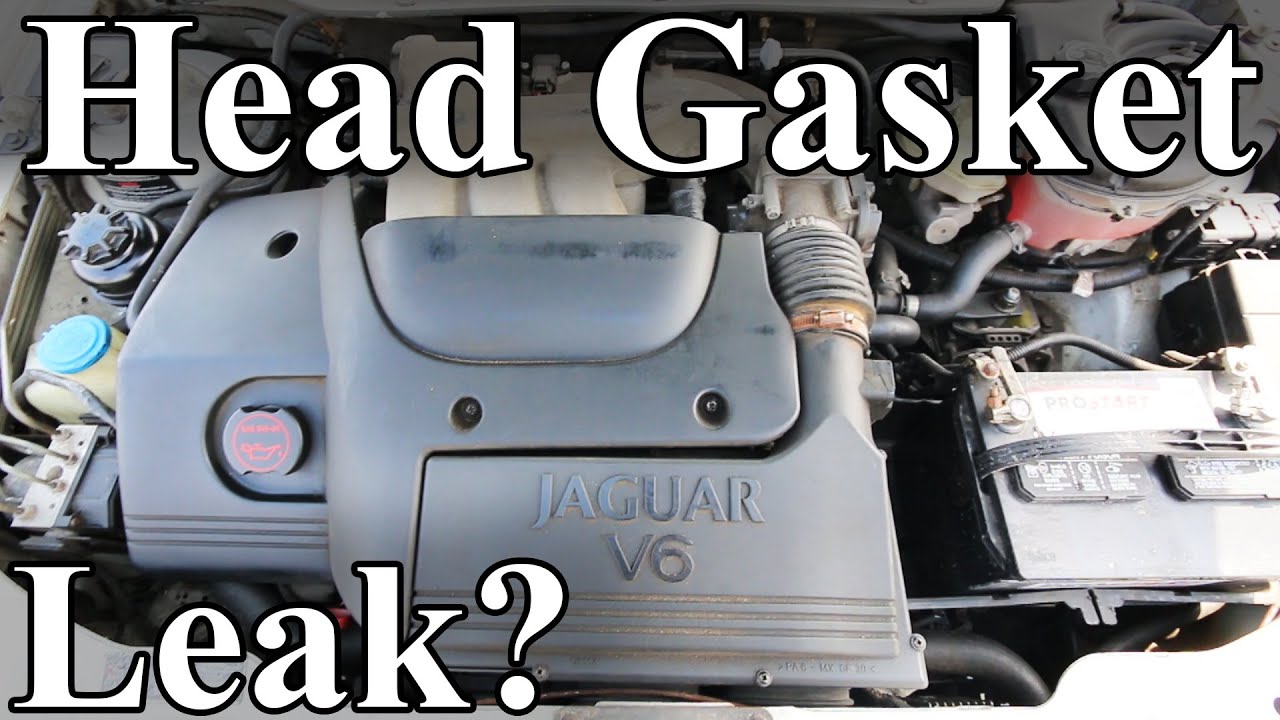Contents
How to Check Engine Before Buying a Used Car
Visual Inspection
- Check for leaks: Look under the car and around the engine for any leaks. This could be oil, coolant, or other fluids. Leaks can indicate a variety of problems, from minor to major.
- Examine the belts and hoses: The belts and hoses should be in good condition and free of cracks or fraying. Belts that are too loose or too tight can cause problems, as can hoses that are leaking or clogged.
- Inspect the spark plugs: The spark plugs should be clean and free of deposits. Worn or fouled spark plugs can cause the engine to run poorly.
- Check the air filter: The air filter should be clean and free of debris. A dirty air filter can restrict airflow to the engine, which can reduce performance and fuel economy.
Running the Engine
- Listen for unusual noises: When you start the engine, listen for any unusual noises. A ticking or knocking sound could indicate a serious problem.
- Check the idle speed: The engine should idle smoothly at a consistent speed. If the idle speed is too high or too low, it could be a sign of a problem.
- Accelerate the engine: Gently accelerate the engine to see how it responds. The engine should accelerate smoothly and without hesitation. If the engine hesitates or stumbles, it could be a sign of a problem.
Diagnostic Tests
- Get a vehicle history report: A vehicle history report can provide you with information about the car’s maintenance and repair history. This can help you identify any potential problems.
- Have a mechanic inspect the car: A qualified mechanic can perform a more thorough inspection of the car and identify any potential problems. This is the most expensive option, but it is also the most comprehensive.
Conclusion
By following these tips, you can help ensure that you are buying a used car with a sound engine. A well-maintained engine will provide you with years of reliable service.





